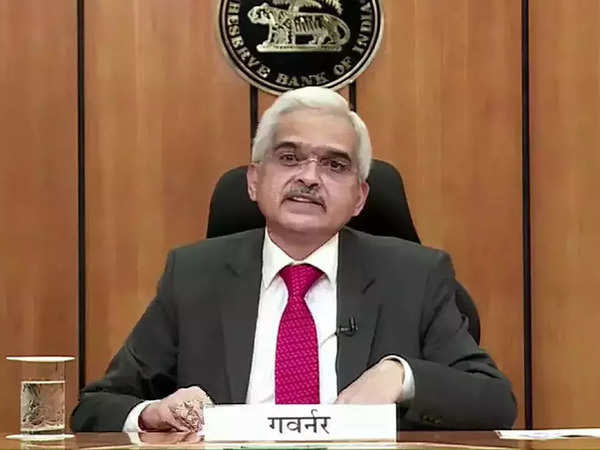The Reserve Bank of India (RBI) kept interest rates unchanged today, as rising food prices continue to maintain economic pressure. However, easing core inflation and decreasing global borrowing costs prompted the central bank to shift to a neutral stance .
In a poll conducted by ET with 12 respondents, all participants predicted that the RBI’s Monetary Policy Committee (MPC) would maintain the repo rate at 6.50% after its three-day meeting concluding on August 8. This would be the ninth consecutive bi-monthly meeting with no change in rates.
The repo rate is the rate at which the RBI lends to banks.
Economist Radhika Rao from DBS Bank commented on recent inflation data, noting, “The June-July inflation undercurrents validate the MPC’s concerns over the near-term price outlook. To recall, June CPI inflation rose 5.1% yoy …food and beverages added most to the headline, rising 8.4% from 7.9% before on higher vegetables, pulses, and certain protein categories.”
The MPC aims for a headline CPI inflation rate of 4%. However, it has stayed above this target for 57 months due to pandemic-related disruptions and the Russia-Ukraine conflict, contributing to higher consumer prices.
Recently, poor monsoon conditions and a prolonged heatwave have driven up vegetable prices. Analysts also anticipate that a telecom tariff hike could further increase inflation.
While no respondents expected a change in the benchmark policy rate, HDFC Bank predicted a shift to a neutral monetary policy stance from the current withdrawal of accommodation stance.
Sakshi Gupta, principal economist at HDFC Bank, explained, “Core inflation has been under 4% for some time now. While there are concerns about the sequential momentum of headline CPI inflation, the year-on-year headline inflation numbers will be below 4% going ahead due to the base effect. Moreover, we don’t see much risk of spillover from food inflation into generalised inflation.”
Core inflation, which excludes food and fuel, is often viewed as a more stable indicator of underlying economic conditions.
A neutral stance would allow the RBI to raise or lower interest rates based on inflation trends, unlike the current stance which rules out rate cuts.
Discussions around a potential shift to a neutral stance have increased following an article in the RBI’s July Bulletin.
The article stated that inflation does not need to exactly hit 4% before considering a policy change. Instead, a consistent move toward this target could signal readiness for policy adjustments.
Soumyajit Niyogi from India Ratings and Research remarked, “Things are moving in the right direction — for example, a credible fiscal deficit path in budget, the satisfactory progress of monsoon and moderation of retail credit growth… overall, we are coming close to a change in stance, but not in this policy.”
Globally, many central banks are reducing rates. The Federal Reserve may cut rates in September, and both the BoE and the European Central Bank have already made cuts. Although RBI focuses on domestic inflation, lower rates globally could help maintain adequate rate differentials, crucial for the rupee’s exchange rate.



